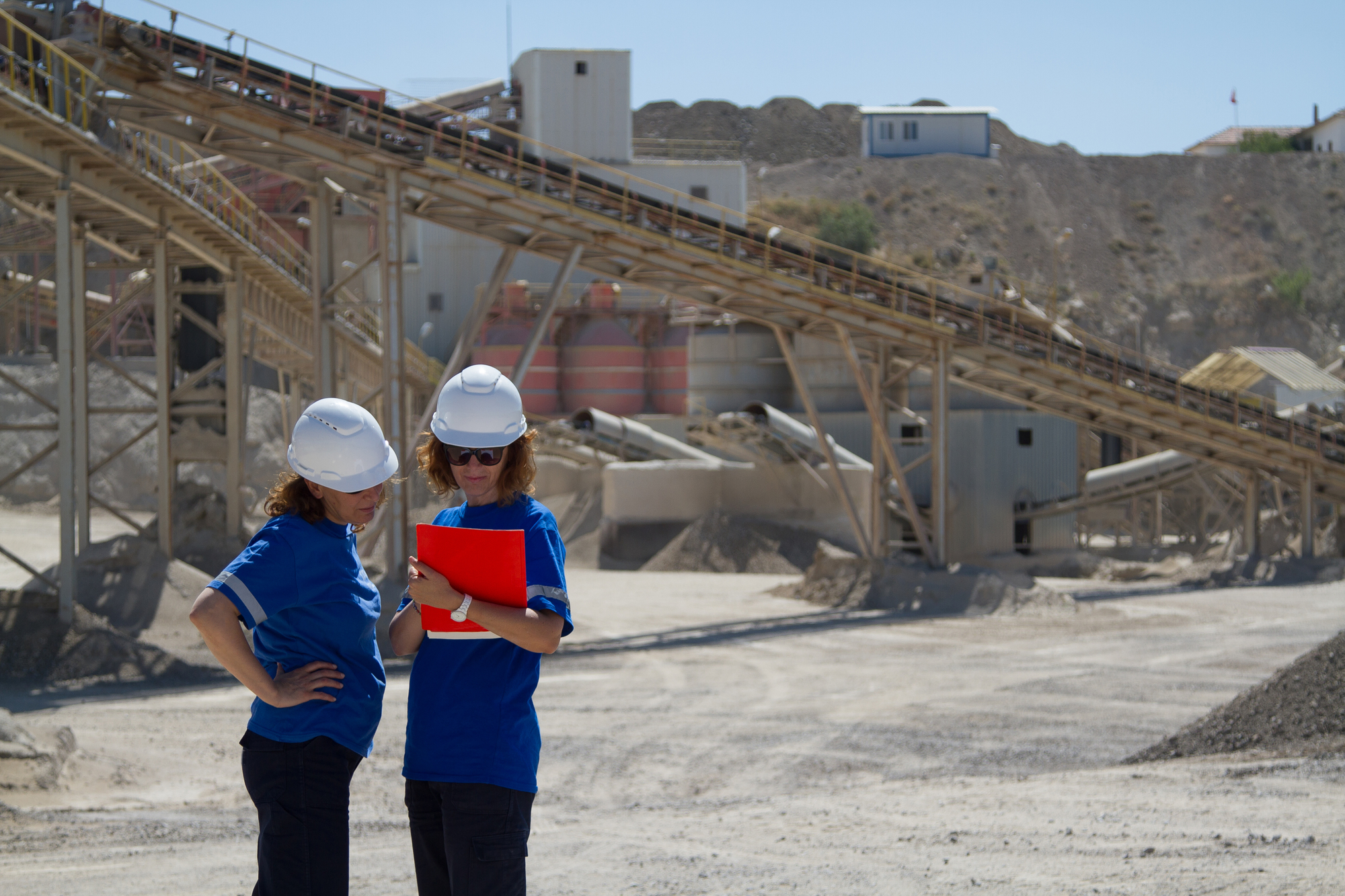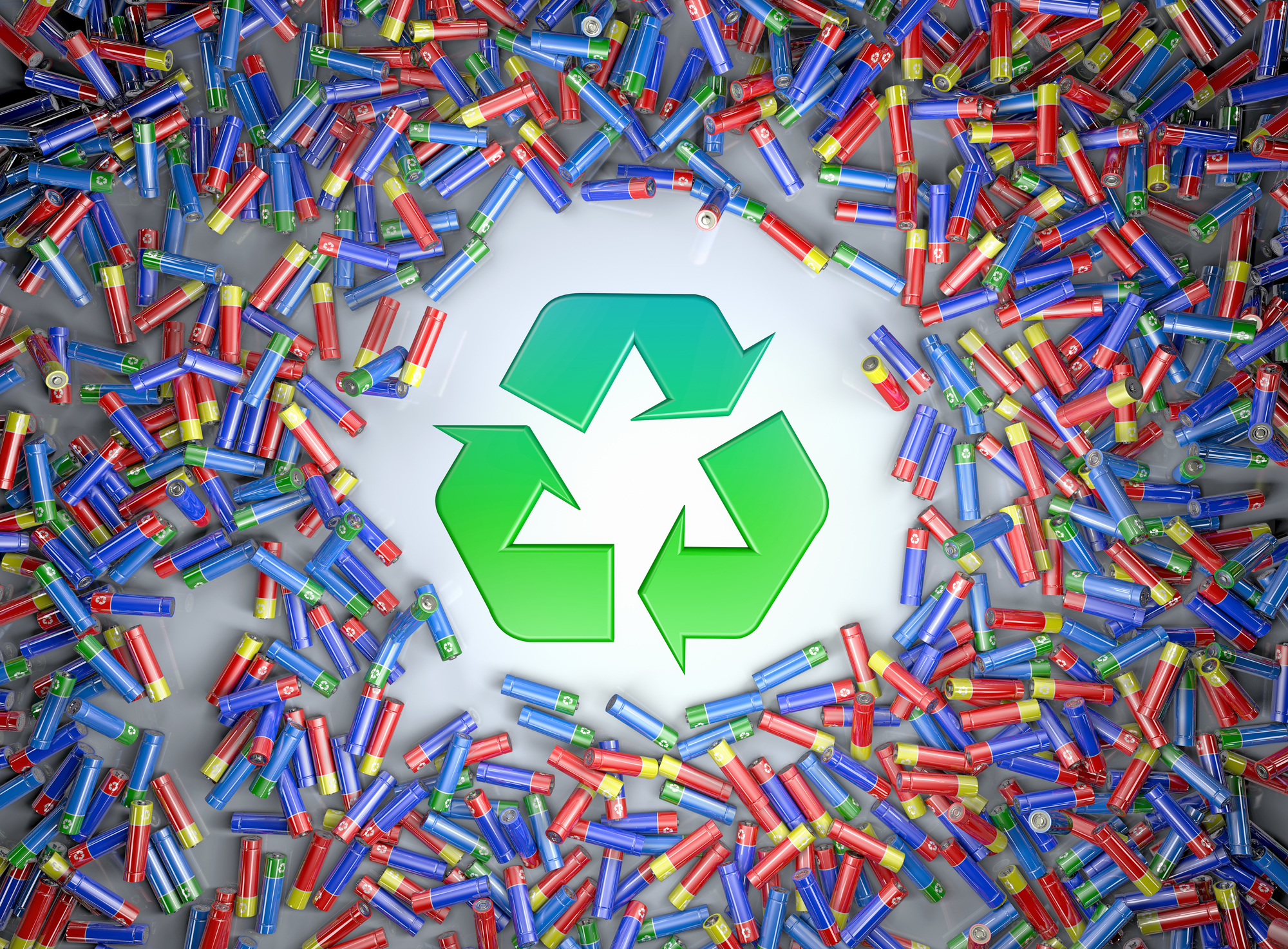Mining and production
ESTABLISHING A LUCRATIVE EXPLORATION TRACK RECORD
Mining and production
Mining of Cobalt Ores and Concentrates
Cobalt, a vital component in batteries for electric vehicles and electronic devices, is primarily obtained as a byproduct of mining for more abundant metals. This means that cobalt is typically retrieved from copper and nickel-rich mines.
Cobalt is primarily mined using traditional underground and open-pit techniques, which have been in use for decades. The mineral composition of the ore determines the recovery processes, and the minerals are subjected to a variety of metallurgical techniques. Leaching, or leaching combined with roasting or smelting, is the most used method for isolating cobalt ore today. Hydrometallurgical and/or electrometallurgical processes are used for purification and refinement in order to separate the individual metals.
Although pure cobalt does not exist in nature, its compounds are widely spread throughout the Earth's crust, with an average concentration of 25 parts per million (ppm). Cobalt is found in iron meteorites with nickel, as well as in various levels in plants, animals, and soil. Cobalt is essential for the health of many organisms and is a component of vitamin B12, which is commonly provided to grazing animals as a supplement.
Cobalt minerals can be found in concentrations high enough to permit profitable extraction in a variety of environments, all of which have quite different mineralization patterns. Sulphides, sulphosalts, arsenides, and oxides are the most prevalent mineral groupings. Cobalt is not found in large proportions in most typical rock-forming minerals. In lateritic and hydrothermal deposits, it can be found in economic quantities in olivine, spinel, and chlorite.
Deposits
Cobalt can be found in four different geological settings with economic concentrations. Cobalt is nearly typically produced as a by-product or co-product of mining for other base metals, primarily nickel and copper. Cobalt is also found in large quantities on the sea bottom, in manganese nodules and cobalt-rich crusts, although these are not economically viable under current technological and economic conditions.
Sediment hosted deposits
These deposits are typically exploited for copper, with cobalt serving as a by-product. They produce more than half of all cobalt in the globe. Ore minerals found within organic-rich pyritic shales and sandstones produced in a near-shore lagoonal environment under reducing conditions characterize major occurrences. Mineralized terrestrial clastic sediments are always found above oxidized clastic deposits. Due to the huge expanses of arid and semi-arid environments that existed at the Earth's surface during the Upper Proterozoic ( roughly 1500 to 600 Ma ) and Permian and Triassic periods ( 300 to 200 Ma ), the greatest deposits are found within sequences created during these times.
Responsibility
Extraction Methods and Processing
Extraction
Cobalt is typically mined as a by-product of the extraction of other minerals, most commonly copper or nickel. Deposits are mined using either underground or open-pit methods, or a combination of both, depending on their size, grade, morphology, and closeness to the surface.
Open-pit mining
When an orebody is close to the surface (usually less than 100 meters), open-pit extraction is preferred over underground mining because it is more cost-effective. Typically, this method entails clearing the overburden, excavating the ore or blasting it with explosives, and then transporting the ore via truck or conveyor belt for stockpile before further processing.
Underground mining
Depending on the properties of the individual mineral deposit, underground extraction employs a range of common mining processes. It is ideal for extracting higher-grade or deep-seated ore deposits. Block caving (for big, uniform deposits), room and pillar (usually for flat, shallow dipping deposits of less than 30°), and other stopping procedures are used (for narrow or steeply-dipping veins). In order to access shallow and deeper areas of an ore body, opencast and subterranean technologies are frequently combined at a single mine and may occur simultaneously. While the subterranean workings are being developed, the open-pit mine may continue to operate. The re-working of portions of copper mine tailings is a novel concept for cobalt extraction due to technological advancements and increased demand for the metal. Many old copper mines have enormous quantities of tailings with high cobalt percentages.
Processing
Ores are treated after mining to increase their metal content. Crushing the ore and isolating cobalt-bearing and gangue minerals using suitable physical and chemical procedures, together known as beneficiation, is usually done at, or close to, the mining site. Cobalt is nearly always a by-product of the extraction of other metals, therefore any beneficiation techniques will be dependent on those necessary for the core metal's extraction. After the basic metal ( typically copper or nickel ) has been concentrated and removed, cobalt processing usually commences. The method is frequently specific to the mineralogy of the ore being mined. Hydrometallurgy ( which includes solvent extraction, electrolysis, and electrowinning ), pyrometallurgy, and vapormetallurgy are the three main methods for extracting cobalt. Metals are separated in hydrometallurgy exploiting differences in solubility and electrochemical characteristics when in solution. Pressure acid leaching ( PAL ) is one of the most popular hydrometallurgical processes. The slurred ore is heated and mixed with sulphuric acid at high temperature and pressure in the PAL process. The normal conditions are 255ºC and 4.4 million pascals. After 90 minutes or so beneath these conditions, nickel ( as a rule the essential metal extricated in this method ) and cobalt are changed over to dissolvable sulfate salts. These are at that point fed into a counter-current decantation circuit ( CCD ). CCD includes a few stages of washing the nickel and cobalt improved slurry to create a clear arrangement of nickel and cobalt and a strong buildup. Nickel, cobalt and other sulfides are accelerated within the following stage, through a response with infused hydrogen sulfide. Re-leaching with oxygen at high pressure refines the mixed metal sulphide. The sulphide is then converted to a metal sulphate phase. The iron and copper are subsequently separated from the nickel using an organic reagent and chemical reactions with ammonia and air and sulphuric acid, respectively. PAL is best suited to low-magnesium and low-aluminum ores that require less acid use.
Vapormetallurgy is a cutting-edge technique for treating lateritic ores. Nickel and cobalt metal can be extracted and refined straight from ore, matte, or concentrate. Carbon monoxide and other gases are used to chemically vaporize the metal in the ore. This vapor is then sent to a chamber where metal is deposited. This is a simple procedure that functions mostly at atmospheric pressure.
Heat is employed in pyrometallurgical processes to separate metals based on melting points, density, and other physical and chemical properties. These techniques are primarily used for magmatic sulphide ores, and they rely heavily on smelting to extract as much metal as possible from the concentrate. Dry concentrates are fed into the furnace with a warmed air or oxygen mixture in a process known as flash smelting.
Exothermic reactions provide enough heat to melt the concentrate, resulting in liquid matte and slag. Sulphide matte is used to recover nickel and cobalt, while slag is used to recover iron and sulphur dioxide gas is used to recover sulphur. Smelting can create nickel/cobalt carbonates and oxides, among other substances. Electrolytic procedures are used to recover cobalt from these smelting products, in which a cobalt anode dissolves in an electrolytic cell and deposits cobalt ions onto a cathode, with any impurities settling to the bottom of the cell.
Manufacturing
Depending on the end purpose, cobalt is usually produced as powders, briquettes, cathodes, rounds, and ingots. Powders are easier to dissolve and melt, making them better for chemical processes, whereas cathodes and ingots are better for metallurgical applications.
Specifications and Uses
- Specification - Cobalt is produced in a wide variety of forms.
- Refined cobalt - Cobalt is almost pure ( 98 to 99% ) in refined cobalt metal, with tiny quantities of nickel, copper, and iron. Refined cobalt is defined by the Cobalt Development Institute ( CDI ) as 'all cobalt units, whether in metal or chemicals derived from feed requiring further refining.'
- Cobalt matte - Matte is a smelting intermediate product used in the manufacture of refined metal. It consists of a sulphide combination of cobalt, copper, nickel, and iron in the form of black granules or a consolidated mass. The majority of matte is never sold and is polished to a purer state. Cobalt concentration in matte is between 1.5 and 2%.
- Cobalt alloys - These are metal combinations in which cobalt is the most prevalent metal by weight. Cobalt alloys come in a variety of forms.
- Cobalt chemicals - Oxides, hydroxides, carbonates, and sulphates are only a few of the cobalt compounds on the market.



